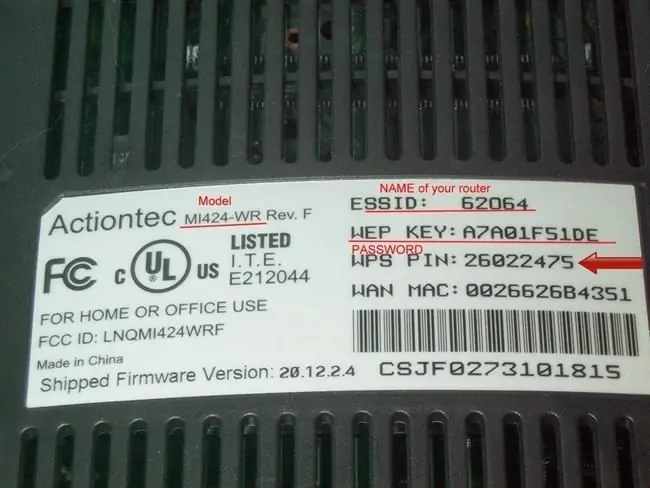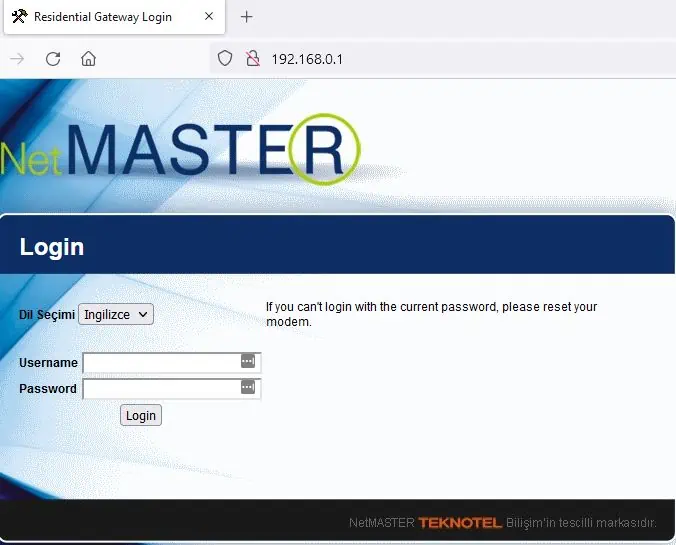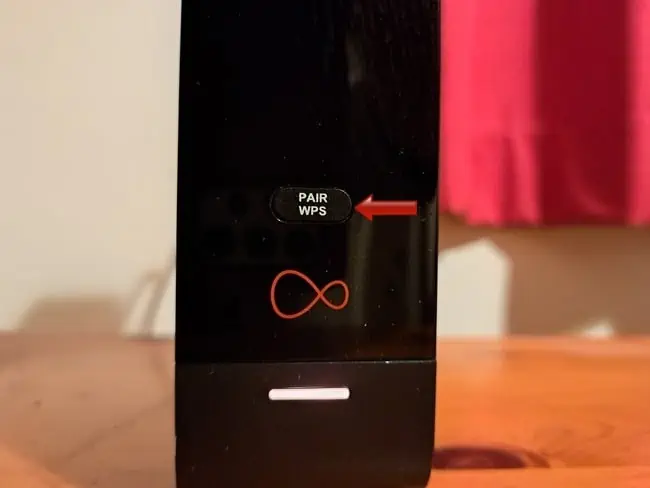There’s a lot of talk about WPS on newer Wi-Fi routers, and using a WPS PIN or Key to connect, but where do you even find this PIN, and how do you use it?
That’s what we’ll cover in this article – how to find the WPS PIN (or button, if that’s what your router has), plus how to actually use them to connect to your router using Wi-Fi Protected Setup (WPS). It’s meant to be a quickfire way of connecting to wireless routers, so we’ll offer a non technical guide on using it on your router.
Here is a quick answer on finding the WPS PIN:
The WPS PIN on a router is usually displayed on the sticker on the back, but sometimes there is a WPS button instead. Alternatively, you can find your router’s WPS PIN by logging into the router settings and checking under the WPS menu.
And then regarding using the WPS PIN to connect:
To connect a device to a router using WPS, you can either enter the router’s WPS PIN (found on the sticker on the back) on the device itself.
Let’s cover in more detail the whole topic of WPS on routers/modems, including how to find and use both WPS PINs and WPS buttons to connect to Wi-Fi networks (button instructions is further down the page if that’s what you need to use)/
Finding It On The Router Itself
The WPS PIN on a router, if it has one, it pretty easy to find. Just check the sticker/label on the back, which has all the Wi-Fi/router login credentials, including the WPS PIN if applicable.
It’ll look something like this:

It could be called one of these things:
- WPS PIN
- WPS Key
- WPS Password
- WPS Pre Shared Key
Whatever it is, note it down and move to the next step to connect.
Finding It If You Don’t Have Access To The Router
Sometimes it can be that you don’t have physical access to the router to check the sticker to get the WPS PIN. Perhaps it’s locked away in a room you can’t get in right now.
In this case, depending on the router brand and model, it’s sometimes possible to find the WPS PIN from within the router settings. Again, logging into a router remotely isn’t always possible if you don’t know the login credentials off hand, but you can still manage it sometimes with a little work.
Here are the general steps for logging into a router to find the WPS PIN:
Step 1 – Make sure your device is connected to the router’s Wi-Fi (or a LAN port), and type in it’s login IP (often 192.168.0.1 or 192.168.1.1 or 192.168.1.254) in the address bar of any browser of any connected device. See here for finding your router login IP, plus the username/password, for getting into the settings if you can’t check the sticker on the back.
Step 2 – Once you enter the correct router login IP, then a username/password box should pop up. Enter the correct details, again on the label on the back. The username is often “admin” and the password “password”, but it can vary. See here for some common default router usernames/password.

Step 3 – Once you are inside the router settings, you are looking for a WPS or Wi-Fi Protected Setup setting somewhere, possible under Wireless, Wireless Security or Advanced or something similar. Browse around the menus and you should be able to find it if it’s there. There may even be a specific WPS tab somewhere.
Step 4 – Under the WPS menu tab, you’ll see the router’s WPS Key/PIN displayed somewhere. Note it down and keep it safe for future use. Sometimes you’ll also have the option to enter your device’s WPS PIN/Key and connect right there.
Otherwise, see the next section below for using this PIN to connect a device to the router on the device itself.
It has to be said that this method can be something of a Catch 22 scenario, because to login to a router, you need to be connected to it in the first place, and many users are only exploring this WPS option because they want to connect to the router. To find the WPS PIN from inside a router’s settings, you need to connect to it and therefore you don’t need the WPS PIN anymore anyway! You’ve solved the problem.
However, you could argue that this method is useful in a couple of cases:
- Perhaps the sticker with the WPS PIN has been damaged or peeled off the router.
- You want to note down the WPS PIN somewhere safe (notepad, phone, or send an email to yourself) so that you can quickly connect in the future. Once you’ve got it noted down somewhere, you don’t need to check the router sticker any more.
- Perhaps the default Wi-Fi password (the normal method of connecting) has been changed from the default on the sticker, and you don’t know what it is, so you have to use WPS to connect instead. This also assumes that the WPS PIN hasn’t also been changed though (it sometimes can be on some routers).
Using WPS to Connect To A Router
Once you’ve got your WPS PIN, either from the router sticker directly, or from within the router settings menu, you can often enter your device’s WPS PIN/Key into a box right there if you have it, and this will connect your device to the router and you should be good to go.
However, here are the steps to actually use this WPS PIN to connect a device to a router on the device (client) itself:
- Note down the WPS PIN on your router sticker.
- Find the WPS Settings within your device.
- It’s often under Devices, Internet, Wi-Fi or something similar.
- Look for a box to enter the router’s WPS PIN.
- Enter it and press Connect, and wait a few moments.
- Your router and device should now be connected using WPS.
And for completeness, here’s the vice versa method of connecting by WPS on the router:
- Get your device’s WPS PIN from the WPS Menu.
- Connect any device to the router’s Wi-Fi
- Type it’s login IP into any browser address bar
- Login IP is often 192.168.0.1 or 192.168.1.1
- Enter the username/password on the sticker.
- Find WPS Settings in the router menus
- Enter your device’s WPS PIN in the box
- Click Connect/Register
- Your router and device are now connected by WPS.
So you can see that WPS pairing works either way; you can either enter the router’s WPS PIN on the device, or enter the device’s WPS PIN from within the router settings, and the two should then pair up and you are connected. Whichever way works best for you. The router method is more long winded, but you get to the same result in the end.
Sometimes There is a WPS Button Instead
It should be said that some routers don’t have a WPS PIN printed on the sticker on the back, but a WPS/Pair Button instead, on the front or side of the router.
Something like this:

Look for a button labelled WPS, or with the WPS two circular arrows icon near it:
![]()
Some routers also don’t have WPS at all, so there won’t be a button or PIN on any sticker.
Using A WPS Button To Connect To A Router
If your router has a WPS button, then it often works the same way as the PIN, in that you can initiate the WPS connection either on the router or on your device.
It does vary depending on your device, but here is the general process:
Initiating WPS Button Setup on a device itself:
- Open up Network/Wireless settings on your device.
- Scan for nearby Wi-Fi networks.
- Find your router on the network list and select “Connect by WPS” option.
- Select the “WPS Push Button” option
- Press the WPS button on your router within 2 minutes
- The device and router should now be connected.
Initiating WPS Button Setup on the router:
- Open up WPS Settings on your device.
- Press and hold the router’s WPS button for a few seconds
- Wait until the light starts flashing.
- Press Connect on your device within 2 minutes
- Your router and device are now connected by WPS.
Again the exact process varies between devices, and sometimes only one or the other method is available, but it’s pretty easy to figure out.
Most times you are probably best starting it on your device. Just find your router from your device’s wireless network scan list, select the WPS option, then WPS button option, then find and press the button on your router within a few minutes, and you are good to go.
WPS Is Not Always Available
We should clarify that Wi-Fi Protected Setup is not available on all routers. So if you can’t find either a WPS PIN or a WPS button somewhere, you router probably does not have WPS.
In this case, you’ll have to connect via the more conventional method of finding the router on a wireless network list using it’s SSID/username, and then entering the standard Wi-Fi password/key, also printed on the router sticker.